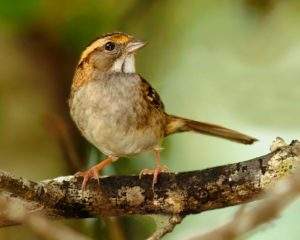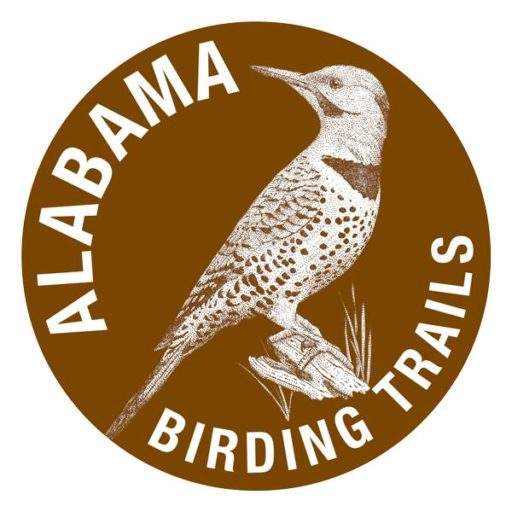by R. Scot Duncan
After spending about 10 hours prepping for teaching this week, I headed out to Ruffner late this afternoon, despite the gloomy weather to get some fresh (but damp) air. A thin drizzle was falling, just enough to necessitate keeping your binoculars covered, but not enough to impede birds from feeding, or me from trying to spot them.

In the parking area I found that I wasn’t the only one out looking for birds. A young Sharp-shinned Hawk was patrolling the perimeter of the area. While I was pleased to watch this agile raptor twist and turn through the canopy, I think he (it was a male) and I were a bit annoyed with each other. I that it was scaring the other birds into deep cover, and he that I was stalking its prey. Nevertheless, I was able to kick up enough White-throated Sparrows to conclude that they had survived the northern summer just fine.
I then started the hike up the ridge road, not so much expecting to see birds, but mostly meditating on the beauty of the late autumn forest, with leaves of gold and brown sufficiently wetted by the drizzle as to sever their bond with the mother tree and fall haltingly to the ground. Twice more I flushed the hawk as I quietly crept along.
The ridge was bathed in clouds, and visibility was low. I watched a Hermit Thrush bathe in a puddle, and wondered why on such a wet day a bird would want a bath. But mostly it was still and quiet, with trees silhouetted against the sky, the rising towers disappearing into the clouds, and a constant trickle of leaves dropping to the ground.
At the spot where many of us had seen a Mourning Warbler this fall, I paused and contemplated how the very same weed stalks that provided cover for this bird were now in their final days of life, the green of each leaf giving way to browns and golds.
While returning back to the parking area, but still on the ridge, I was awakened from my meditative stroll when I spotted a female Indigo Bunting foraging with a small band of towhees and white-throats along the tower road. It’s getting late for the Indigo, and I was mildly excited to have seen her – a last taste of fall neotropical migration. But not quite the last…
A bit farther on I caught sight of a bird foraging low on the edge of the forest. Raising my binoculars I was shocked to see a bird I had been looking for all year, with no success at all – a female Black-throated Blue Warbler! A dull colored warbler, darker olive brown above and slightly lighter below. A split eyering, the top of which was slightly more elongated than the bottom. And despite the gloom, I could make out the pale patch at the bend of the wing. The throat was lighter than the rest of the chest and belly. I watched her forage for about 2 minutes before she disappeared back into the thicket.
I’ve not seen this species in Alabama for nearly 10 years, so this was quite a treat. It was my first sighting of one at Ruffner. And on November 1, 2015, no less. I called grand masters Bob and Lucy Duncan, and inquired about their sighting history. Turns out Dad had one on Oct 26 this year, and the latest record in the western Panhandle that they know about was 21 November.
Quite a nice start to November!
R. Scot Duncan
Chair, Biology Dept
Birmingham-Southern College
900 Arkadelphia Road
Birmingham, AL, 35206
sduncan@bsc.edu
205.226.4777
Originally posted to the Birmingham Audubon Society Yahoo Birding Group.
